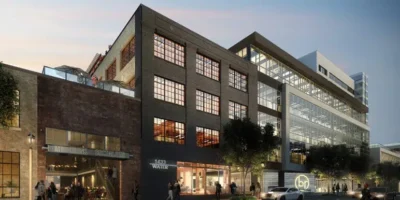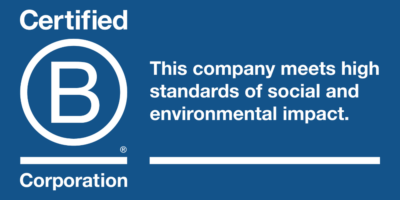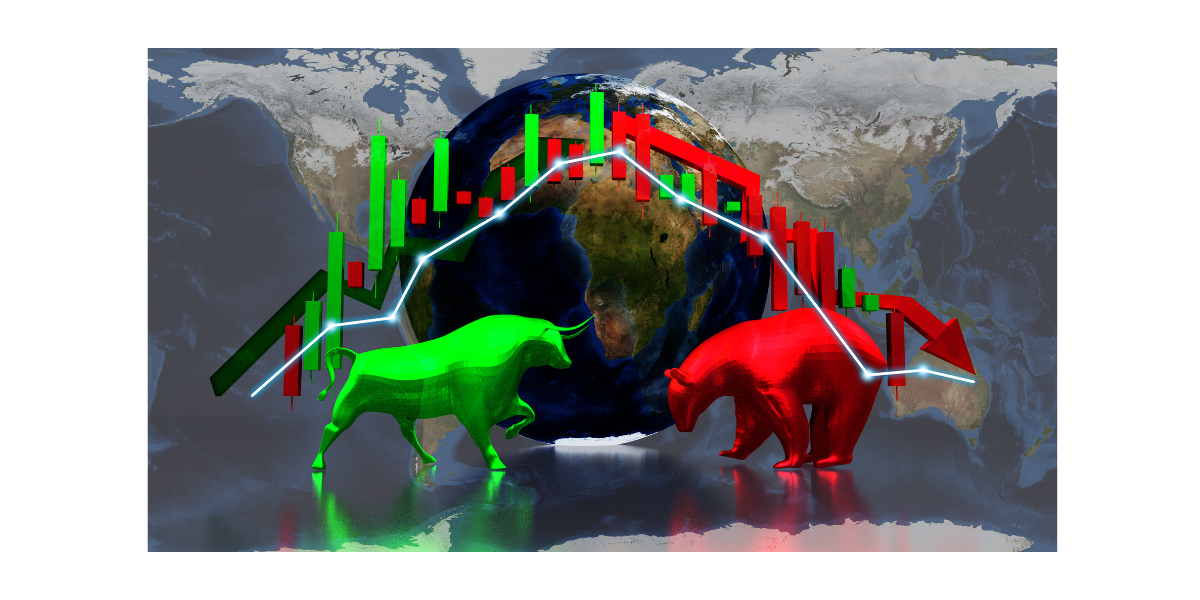Q3 2021 Markets and Strategies Update
Q3 2021 U.S. economic growth is estimated to be slower than it was in Q2 2021, driven by a confluence of events – labor shortages, supply chain issues, spikes in COVID cases and rising energy costs. While COVID cases appear to be declining, we are still waiting longer for that restaurant table due to staffing shortages and are paying more for gas. Oh, and buy those holiday gifts now.
MARKETS PUSH HIGHER DESPITE SIGNS OF SLOWDOWNS
Equity markets continued to push higher in Q3 2021 until September as the S&P 500 marked over 50 all-time highs so far during 2021, a record for all-time highs in one year. The arrival of September, however, ushered in the first down month since February 2021. Historically, even though October is more well known for market plunges (a la the crashes of 1987 and 1929), September is the weakest month of the year.
The Federal Reserve has maintained an extremely easy monetary policy during 2021. At the last FOMC meeting, Chairman Powell indicated the Fed would keep rates low and maintain bond buying through the end of the year; however, the Fed also indicated it will likely begin to raise rates in early 2022, as the economic recovery progresses. In response, interest rates inched up during the quarter with the 10-year Treasury hitting 1.6% from 1.2% just three months ago. As long as the Fed remains accommodative, the market and the economy will continue to have a tailwind. Next year may not be as smooth if the Fed begins to pull back on buying bonds and introduces rate hikes.
CAUSES OF SLOWING GROWTH
The strong GDP growth rate experienced during the first half of the year has waned and economist’s estimates for the third quarter growth have dropped, given headwinds caused by the (1) Delta variant, (2) continued supply chain issues, (3) growing labor shortages and (4) rising energy costs.
DELTA
We believe that both the Delta variant and supply chain issues will prove to be temporary and dissipate over the next 6-9 months. Fortunately, (1) vaccines are working and new covid cases in the US are down 45% since September 13th.
SUPPLY CHAIN
Higher demand for tangible goods has driven supply chain issues (2) as consumers spend less on experiential things like vacations, the performing arts and dining out. The existing supply chain infrastructure has not been able to keep up with the higher demand. Just-in-time inventory and precision scheduled transportation practices have left the supply chain ill-prepared to handle a post-pandemic demand boom. We believe the supply chain will adapt and demand will come off the boil. But our advice is to order your holiday gifts now! As these supply chain issues persist, you may not find what you are looking for on Black Friday.
LABOR SHORTAGES
The labor shortage (3) will likely take a while to solve. There are many factors. Workers have feared getting COVID, and many frontline positions remain unfilled. Widespread school closures kept parents (disproportionately women) home. Higher unemployment benefits matched and exceeded workers’ salaries on the low end of the pay scale. The larger baby boomer generation is retiring at a faster clip than the smaller Gen X generation is able to fill. And as the economy evolves there is a growing skills gap between the workforce and open jobs. We think higher wages on the low end of the pay scale will remain and are hopeful that this, combined with safer worker environments, will bring more workers back into the labor force in due time.
RISING ENERGY COSTS
Rising energy costs (4) are concerning and could be a major factor in how the economy performs over the next year. Oil prices are up 86% this year and natural gas prices hit a 7 year high at $6 on October 6. Typically, natural gas prices don’t rise until the thermometer drops and the heating season begins. Current prices in the US are a bargain compared to Europe. There, natural gas prices are up 290% to $22.84 a Btu. We are closely watching energy prices and how they will impact the economy in the near term.
As we contemplate the future, we realize that today is no different than any time in the past and history shows us, more often than not, humans’ ingenuity and drive can and will push progress forward. We think the issues brought about in this post-pandemic economy will eventually improve, but we’ll all need to practice patient endurance until a breakthrough comes.
Disclosures: The information contained within this market and strategies update represents the opinion of Riverwater Partners and should not be construed as personalized or individualized investment advice.









